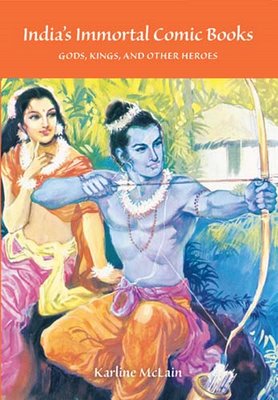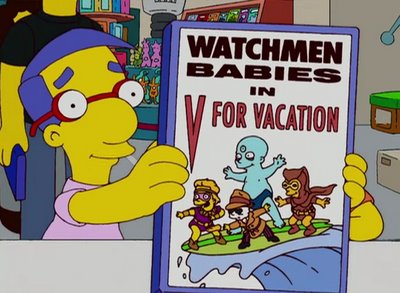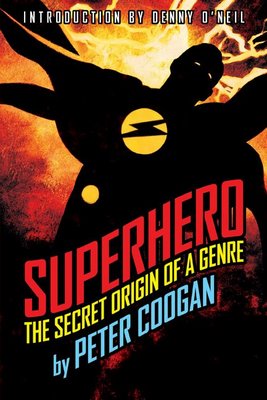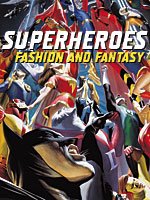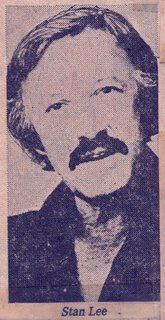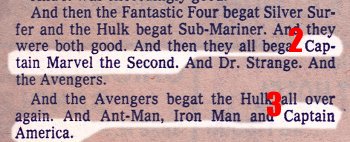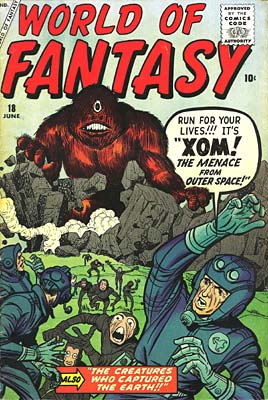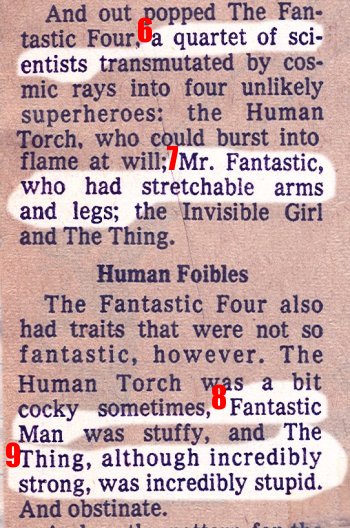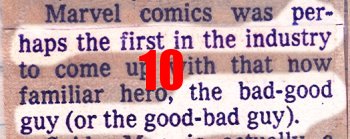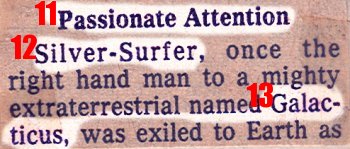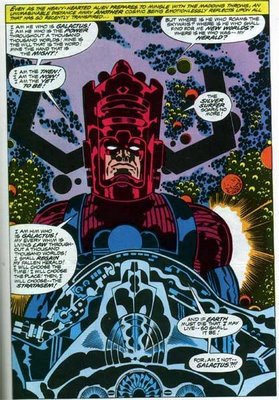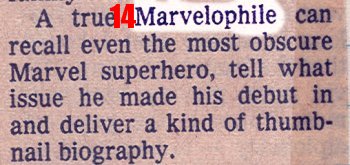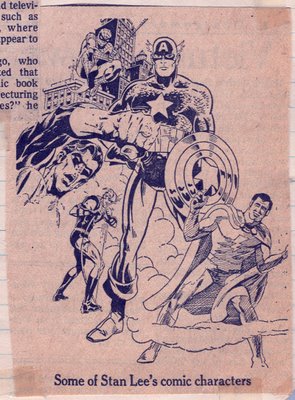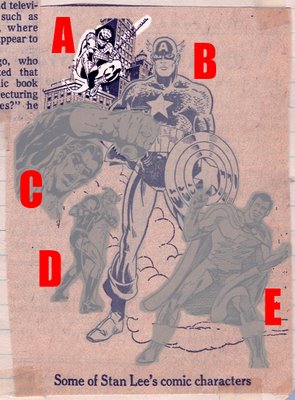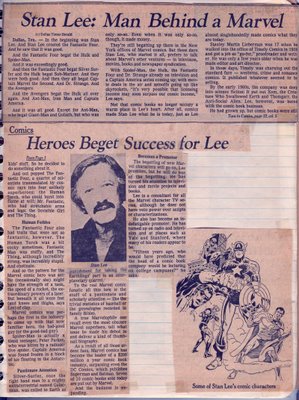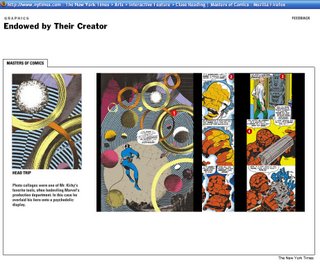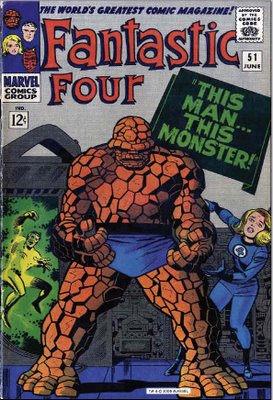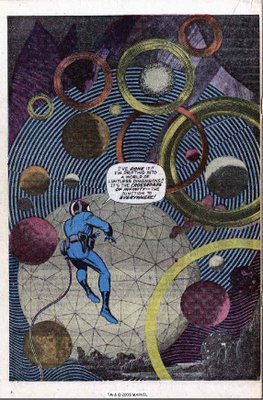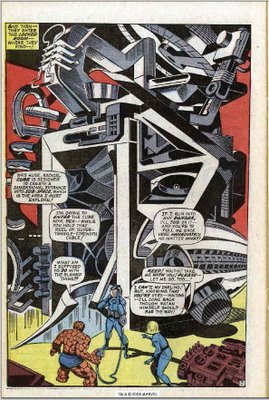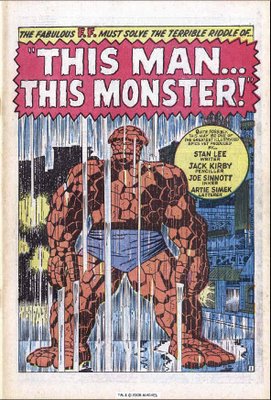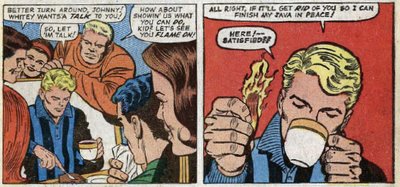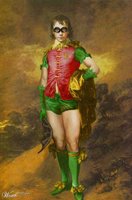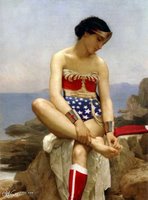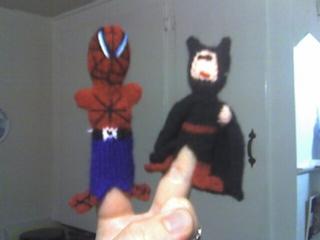"New York, the Super-City" Tuesday March 9th at 6:30 pm!
Presents
"New York, the Super-City"
Tuesday March 9th at 6:30 pm!
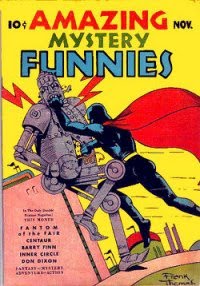 New York served as the model for Gotham City, inspired Will Eisner as he created the noirish adventures of The Spirit, and became a recurring character during the 1960s resurgence of Marvel in comics such as Spider-Man and Iron Man. ForeWord Magazine contributing editor Peter Gutiérrez will moderate a high-energy roundtable on the relationship between superheroes and their favorite hometown... and on how comics culture has promoted potent and memorable images of New York to readers worldwide.
New York served as the model for Gotham City, inspired Will Eisner as he created the noirish adventures of The Spirit, and became a recurring character during the 1960s resurgence of Marvel in comics such as Spider-Man and Iron Man. ForeWord Magazine contributing editor Peter Gutiérrez will moderate a high-energy roundtable on the relationship between superheroes and their favorite hometown... and on how comics culture has promoted potent and memorable images of New York to readers worldwide.When: Tuesday, March 9, 2010, 6:30-8:30 pm
Where: 20 W. 44th Street, New York, NY 10036
Tickets $15 for general admission, $10 for CIP Members, and $5 for students - and they're tax deductible to the extent allowed by law.
Please email contact@nycip.org or call 212-764-7021 to reserve!
Danny Fingeroth was the longtime group editor of Marvel's Spider-Man line and the writer of many comics featuring Spider-Man, Iron Man, The X-Men and other iconic characters. He is the author of Superman on the Couch: What Superheroes Really Tell Us About Ourselves and Our Society; Disguised as Clark Kent: Jews, Comics and the Creation of the Superhero, and the Rough Guide to Graphic Novels.
Peter Gutiérrez is an Eisner-nominated comics creator and a born-and-bred New Yorker who hopes that people don't learn that he now lives in New Jersey. Peter has written about pop culture for Graphic Novel Reporter, the New York Times, the Financial Times, the Montclair Times, Screen Education, School Library Journal, Rue Morgue, the ALAN Review, and ForeWord Reviews, where he is the graphic novels columnist.
Gene Kannenberg, Jr. is the author of 500 Essential Graphic Novels: The Ultimate Guide (Collins Design, 2008) as well as articles about comics for the Comics Journal, Hogan's Alley, The Chronicle of Higher Education, the International Journal of Comic Art, and several academic essay collections, some of which come from his 2002 Ph.D. dissertation on comics. His new publishing house specializing in books on comic art will debut later this year. Currently he writes graphic novel reviews for the "Ulysses 'Seen'" website and is the director of ComicsResearch.org.
Frank Tieri is an award-winning writer and creator who has worked on some of the biggest franchises in comics including Wolverine, X-Men, Hulk, Iron Man and Batman. Current work includes: Wolverine/Wendigo, Wolverine/Mr. X, Web of Spider-Man, Deadpool Team-Up.
Billy Tucci is an award-winning illustrator, writer and filmmaker best known for his modern-day samurai fable Shi. Garnering praise in The New York Times, Wall Street Journal, and USA Today, the character has also crossed over with many comic book icons, including Daredevil, Witchblade and Wolverine. Last year Billy won wide acclaim for his story "Flash Vs. Superman-To the Finish Line!" and a hugely successful run on Sgt. Rock-The Lost Battalion. He recently completed illustrating Jonah Hex, and is developing several new stories for DC Comics as well as a new Shi series and several other creator-owned projects.
This event is made possible thanks to the generous support of the New York State Council for the Arts, New York Comic-Con, Midtown Comics, and GraphicNovelReporter.com. This program is supported, in part, by public funds from the New York City Department of Cultural Affairs, in partnership with the City Council.
About the NYCIP
The New York Center for Independent Publishing supports the craft and creativity of independent publishers, and promotes public awareness of how their work contributes to the creative economy, addresses the needs of underserved audiences, and furthers freedom of thought and expression. We support this mission by providing access to education for independent publishers, writers, and the general public, encouraging excellence and cultivating free expression through workshops and lectures. Our signature events include the Independent and Small Press Book Fair, the Round Table Writers' Conference, and The Poor Richard Award ceremony, an annual reception honoring a publisher for commitment to the independent community.
Labels: appearances, NYC, NYCIP, superheroes
